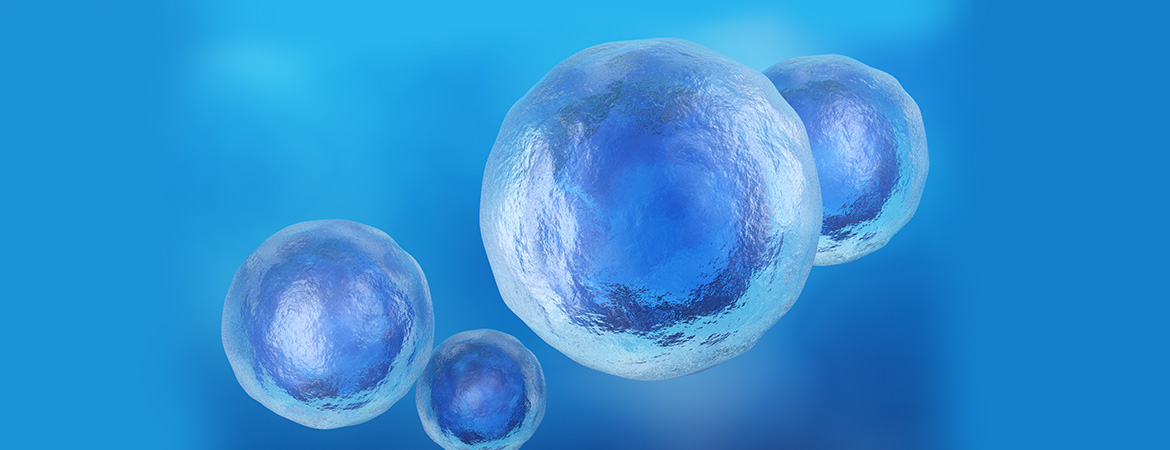Vitamin C in Stem Cell Biology
Vitamin C in Stem Cell Biology: Impact on Extracellular Matrix Homeostasis and Epigenetics
Transcription factors and signaling molecules are well-known regulators of stem cell identity and behavior; however, increasing evidence indicates that environmental cues contribute to this complex network of stimuli, acting as crucial determinants of stem cell fate.
L-Ascorbic acid (vitamin C (VitC)) has gained growing interest for its multiple functions and mechanisms of action, contributing to the homeostasis of normal tissues and organs as well as to tissue regeneration.
Here, we review the main functions of VitC and its effects on stem cells, focusing on its activity as cofactor of Fe+2/αKG dioxygenases, which regulate the epigenetic signatures, the redox status, and the extracellular matrix (ECM) composition, depending on the enzymes’ subcellular localization.
Acting as cofactor of collagen prolyl hydroxylases in the endoplasmic reticulum, VitC regulates ECM/collagen homeostasis and plays a key role in the differentiation of mesenchymal stem cells towards osteoblasts, chondrocytes, and tendons.
In the nucleus, VitC enhances the activity of DNA and histone demethylases, improving somatic cell reprogramming and pushing embryonic stem cell towards the naive pluripotent state. The broad spectrum of actions of VitC highlights its relevance for stem cell biology in both physiology and disease.
L-Ascorbic acid (vitamin C (VitC)) was extensively studied over the last century because it plays an essential role for proper folding and deposition of collagen proteins, which are the most abundant proteins in the human body and have a strong impact on the composition/structure/biomechanical features of the extracellular matrix (ECM).
Human cells are unable to synthesize VitC, and therefore, it must constantly be restored through the diet. Indeed, under VitC deprivation, human cells are unable to generate and maintain healthy tissues, in particular those rich in collagens such as the skin, bones, and cartilage, and VitC deficiency in humans causes scurvy, a complex syndrome characterized by generalized ECM dissolution and tissue disintegration. It is only until recently that ECM homeostasis was considered the unique molecular mechanism influenced by VitC availability.
In the last years, the use of cutting-edge technologies (next-generation sequencing and advanced microscopy) to study stem cell biology have broadened enormously our knowledge of VitC activities.
Specifically, VitC has emerged as a key regulator of stem cell identity/behavior, influencing pluripotency, self-renewal, and differentiation. VitC enhances somatic cell reprogramming, that is, the generation of induced pluripotent stem cells (iPSCs) and pushes embryonic stem cells toward a naive state of pluripotency by modulating the cellular epigenetic profile.
The strong biological, biotechnological, and medical significance of VitC-dependent molecular mechanisms become even more relevant taking into account another key VitC-dependent cellular modification, that is, collagen hydroxylation, which is the most abundant posttranslation modification found in the human proteoma.
In this review, we focus on the recent progress made on the influence of VitC on stem cell biology and its implications for regenerative medicine.
An increasing number of reports reveal that VitC impacts on stem cell plasticity/identity and that this largely depends on its ability to sustain the activity of several Fe+2/αKG dioxygenase enzymes, which catalyze the hydroxylation (oxidation) of different biological substrates located in specific cellular compartments.
Specifically, in the nucleus, VitC modulates the activity of several DNA and histone hydroxylases, whereas in the endoplasmic reticulum, VitC acts as cofactor of collagen hydroxylases.
Therefore, VitC is able to modify simultaneously both the epigenetic/gene expression profile and the extracellular matrix (microenvironment) of stem cells. In some cases, the effect of VitC activity appears to be dose dependent within a physiological concentration range.
However, whether or not VitC-dependent reactions may rely on specific VitC concentrations requires further investigation, due to the current limited knowledge of the key molecular and biochemical features (i.e., expression profiles, molecular interactions, and kinetic parameters) of the enzymes and/or transporters in the different cellular compartments.
Reference:
Environmental Stimulus on Stem Cell Behaviour
Volume 2017 |Article ID 8936156 | 16 pages | https://doi.org/10.1155/2017/8936156
Vitamin C in Stem Cell Biology: Impact on Extracellular Matrix Homeostasis and Epigenetics

